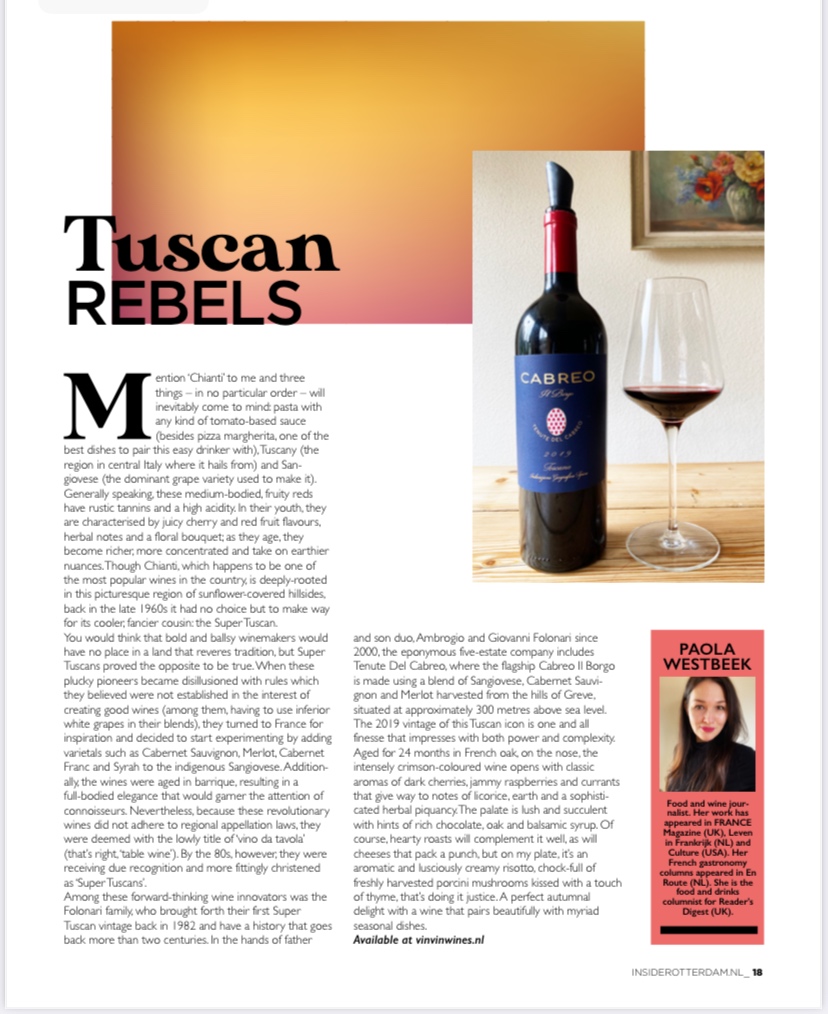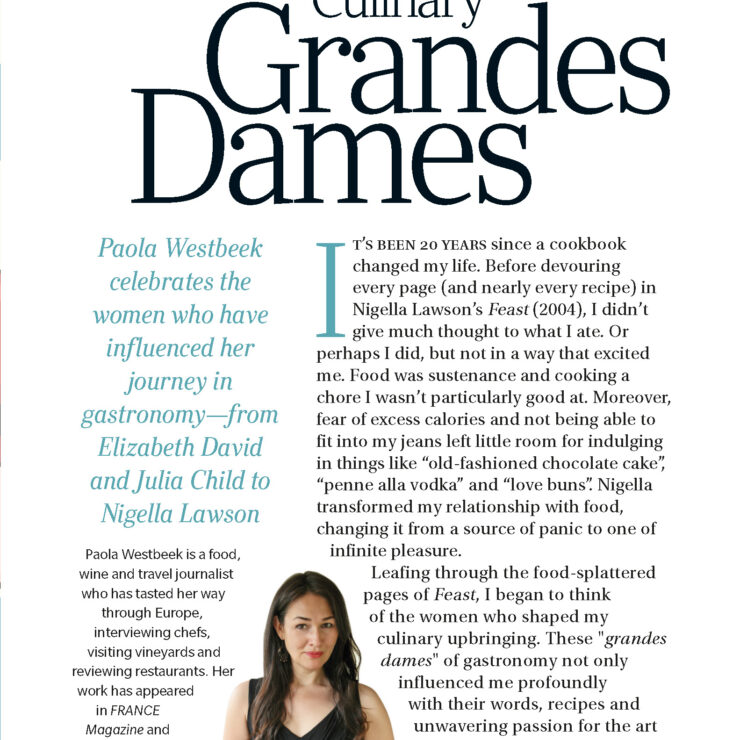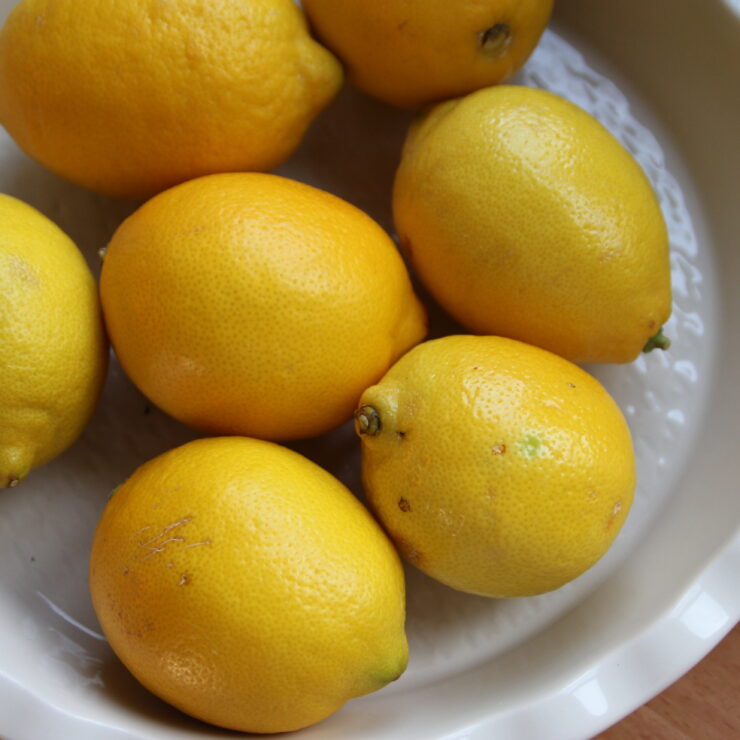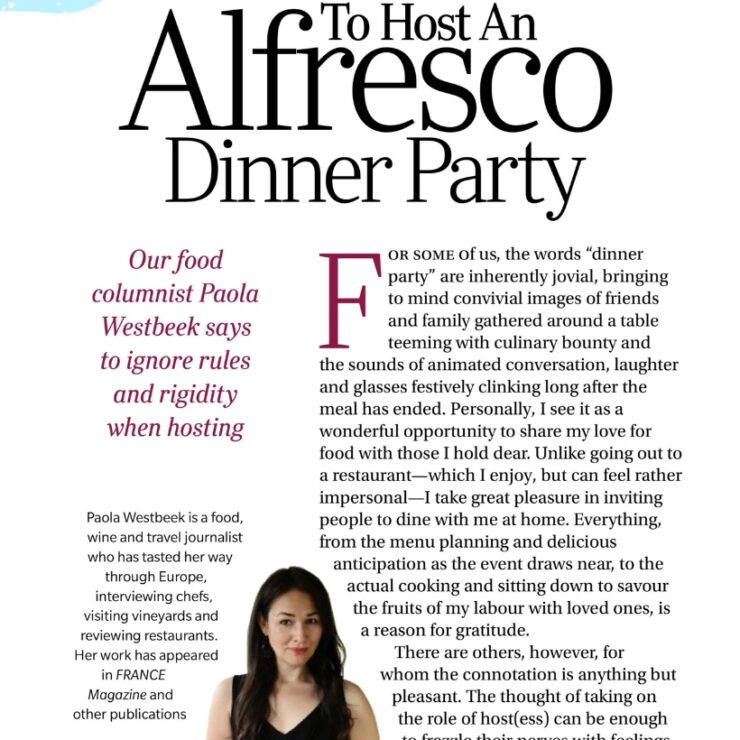My wine column, published in the summer issue of Inside Rotterdam
Mention ‘Chianti’ to me and three things – in no particular order – will inevitably come to mind: pasta with any kind of tomato-based sauce (besides pizza margherita, one of the best dishes to pair this easy drinker with), Tuscany (the region in central Italy where it hails from) and Sangiovese (the dominant grape variety used to make it). Generally speaking, these medium-bodied, fruity reds have rustic tannins and a high acidity. In their youth, they are characterised by juicy cherry and red fruit flavours, herbal notes and a floral bouquet; as they age, they become richer, more concentrated and take on earthier nuances. Though Chianti, which happens to be one of the most popular wines in the country, is deeply-rooted in this picturesque region of sunflower-covered hillsides, back in the late 1960s it had no choice but to make way for its cooler, fancier cousin: the Super Tuscan.
You would think that bold and ballsy winemakers would have no place in a land that reveres tradition, but Super Tuscans proved the opposite to be true. When these plucky pioneers became disillusioned with rules which they believed were not established in the interest of creating good wines (among them, having to use inferior white grapes in their blends), they turned to France for inspiration and decided to start experimenting by adding varietals such as Cabernet Sauvignon, Merlot, Cabernet Franc and Syrah to the indigenous Sangiovese. Additionally, the wines were aged in barrique, resulting in a full-bodied elegance that would garner the attention of connoisseurs. Nevertheless, because these revolutionary wines did not adhere to regional appellation laws, they were deemed with the lowly title of ‘vino da tavola’ (that’s right, ‘table wine’). By the 80s, however, they were receiving due recognition and more fittingly christened as ‘Super Tuscans’.
Full column can be read: 27 Column Paola




